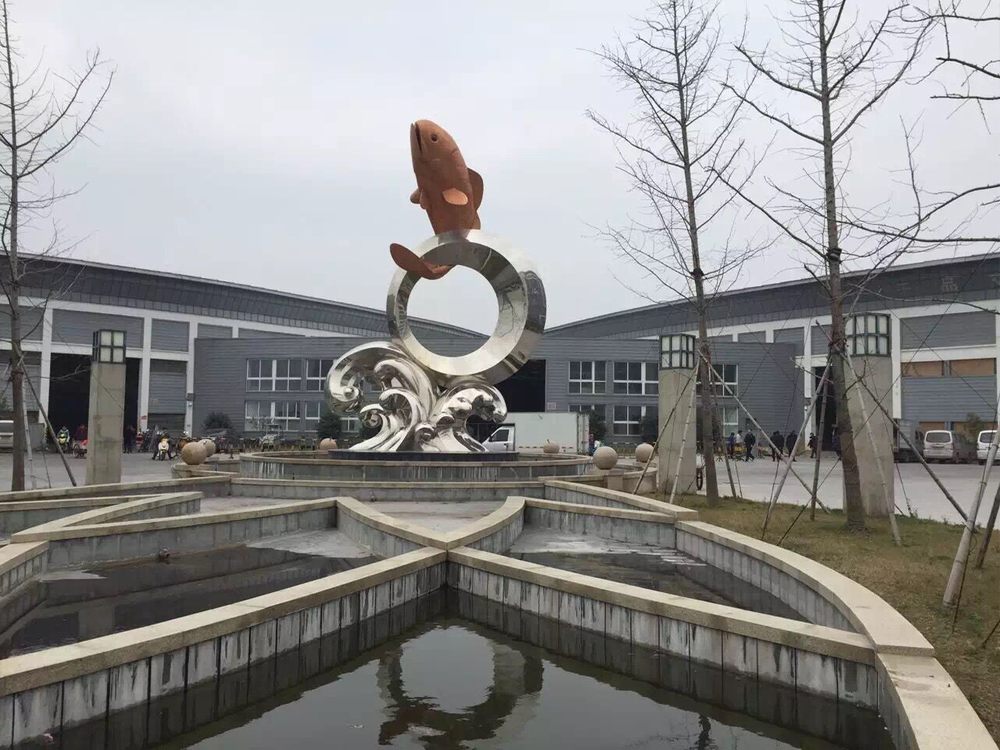
Wood carvings sculptures have long been revered as more than mere decorative objects; they are vessels of cultural storytelling and diplomatic bridges. These intricate artworks, often rooted in centuries-old traditions, carry the essence of their origins—whether African tribal motifs, Asian spiritual symbolism, or European historical narratives. By transcending language barriers, they facilitate cross-cultural understanding and appreciation.
In the realm of cultural diplomacy, wood carvings sculptures act as silent ambassadors. Exhibitions featuring such works often spark dialogues about heritage, identity, and shared human experiences. For instance, when a Japanese "netsuke" or a Maori "whakairo" is displayed internationally, it invites viewers to engage with the values and history embedded in the craftsmanship. This exchange fosters mutual respect and softens geopolitical tensions through art’s universal language.
Moreover, contemporary artists are reinterpreting traditional wood carving techniques to address global issues like sustainability or migration, making the medium relevant to modern diplomatic discourse. By blending ancestral skills with contemporary themes, these sculptures become dynamic tools for cultural negotiation.
Ultimately, wood carvings sculptures exemplify how art can weave together diverse narratives, proving that cultural diplomacy isn’t just about politics—it’s about preserving and sharing humanity’s collective soul through creativity.

